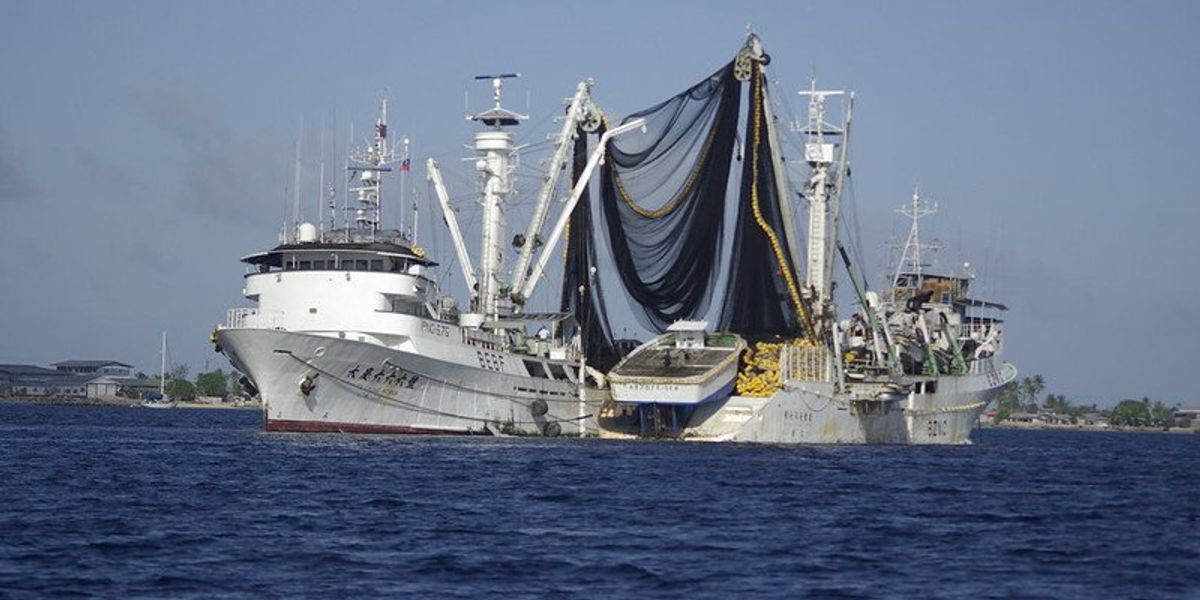
Credit: Naomi/Flickr
21 March 2024
Navigating the complex waters of ocean protection and profit
The United Nations High Seas Treaty aims to protect 30% of the ocean by 2030, focusing on areas beyond national jurisdiction, yet its effectiveness is debated.
Julieta Cardenas reports for Vox.
In short:
- The treaty creates Marine Protected Areas (MPAs) to regulate activities like fishing and drilling but faces criticism for not fully prohibiting them.
- It seeks equitable sharing of ocean resources and a regulated ocean economy, aiming to balance profit with conservation.
- Critics argue that current MPA guidelines allow exploitative activities, questioning the true conservation value of these areas.
Key quote:
“The most important thing we take from the oceans is our existence. If you like to breathe, you’ll listen up.”
— Sylvia Earle, marine biologist and explorer
Why this matters:
The future of the world's oceans—and by extension, our planet—is at a critical juncture, with our ocean's role in climate regulation and biodiversity conservation at odds with unchecked exploitation. In the decades following the establishment of Marine Protected Areas, conservation goals and commercial interests remain at odds.














